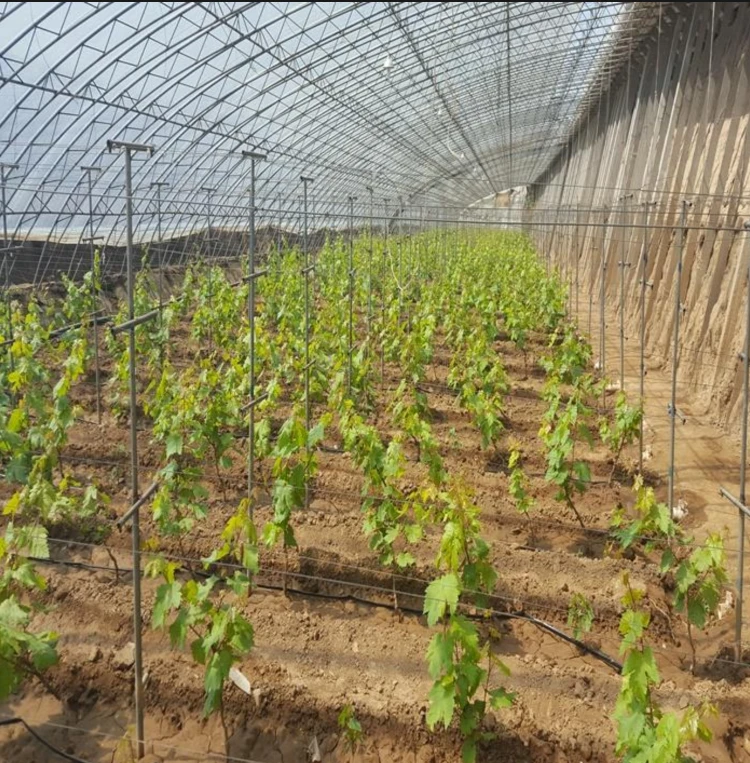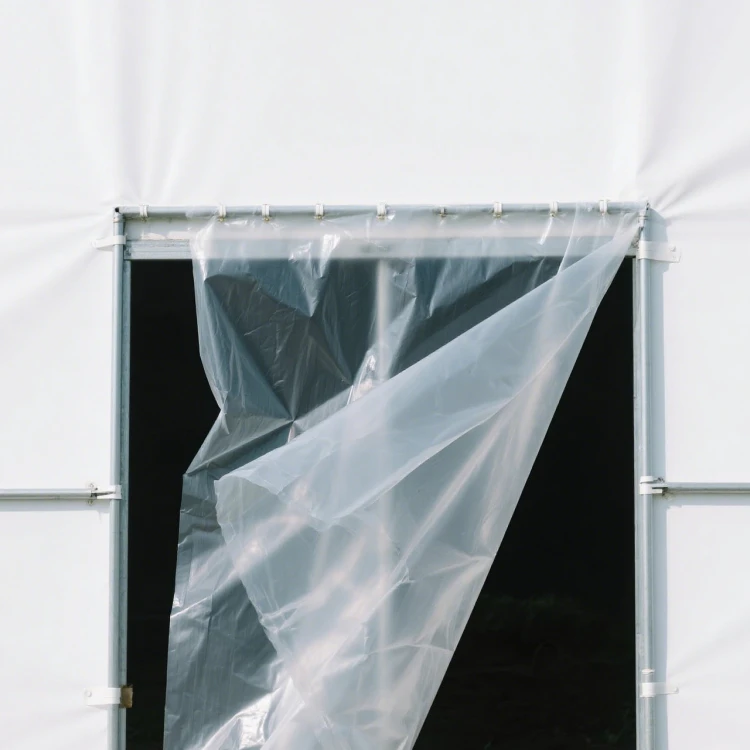



HONREL AGRICULTURE engineers greenhouse film packages with light diffusion, anti-drip, and anti-fog tailored to your crop, climate, and structure.
Greenhouse cover film—also called greenhouse plastic film, poly greenhouse film, or greenhouse plastic—does far more than “keep rain out.” Modern films are engineered surfaces that manage light, water, and heat. This article explains the three most-requested packages: light diffusion, anti-drip, and anti-fog—what they do, when to use them, and how to install for best results.
Light diffusion spreads inbound sunshine so it reaches much deeper right into the canopy from lots of angles as opposed to as severe, straight light beams.
Diffusion and total transmission work together; the goal is balanced clarity + diffusion, not “maximum haze.” Tell us your crop and latitude, and HONREL AGRICULTURE will tune the optical profile of your greenhouse film.

What it is
Anti-drip chemistry makes the inner surface of the greenhouse cover film attract water so condensation forms a continuous sheet instead of round droplets.
Why it matters
How to get the benefit

What it is
Anti-fog helps prevent the milky mist that appears when warm, humid air meets a cooler film surface.
Why it matters
How it works in practice
Anti-fog packages adjust surface energy and moisture behavior to discourage micro-droplet formation that causes haze. It complements anti-drip: one targets droplet fall, the other targets airborne mist.

Not sure? Share crop, climate, and structure (tunnel or multi-span). Contact HONREL AGRICULTURE will match a greenhouse plastic film package for your conditions.
Q1: Do anti-drip and anti-fog wear off?
All surface treatments are sensitive to abrasion and residues. Proper orientation, gentle cleaning, and good ventilation help maintain performance over the film’s service window.
Q2: Can I use anti-drip without anti-fog?
Yes, but in cool, humid climates you often benefit from both: anti-drip stops falling droplets; anti-fog reduces misty haze.
Q3: Will diffusion reduce total light?
Well-designed films balance diffusion with high transmission. The aim is even light, not less light.
Q4: Is this relevant to polytunnels and multi-span houses?
Yes. Packages are tuned to structure type, framing density, and vent strategy.
Q5: Can I combine with shade or insect nets?
Absolutely—just ensure airflow remains adequate so humidity doesn’t build under the cover.
HONREL AGRICULTURE engineers greenhouse film packages with light diffusion, anti-drip, and anti-fog tailored to your crop, climate, and structure. We support OEM/private label, provide spec sheets and installation notes, and coordinate export logistics. Share your goals and constraints, and we’ll propose a matched film package for your project.